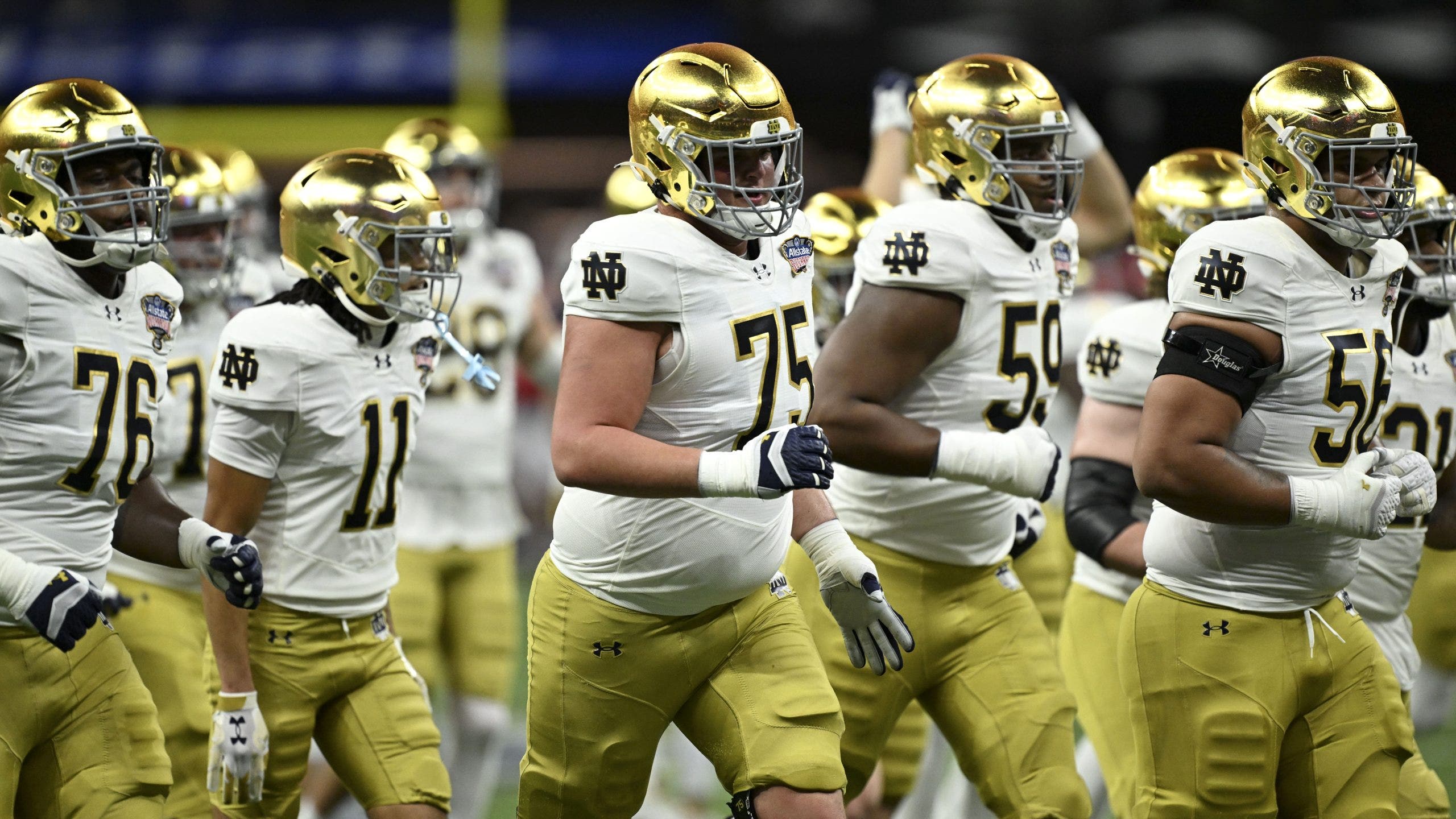A massive lithium find in California’s Salton Sea region could help boost domestic supplies of the mineral, which plays a critical role in production of electric vehicle (EV) batteries.
The Salton Sea region of Southern California is currently home to significant geothermal electricity generation. An analysis by a California state commission in 2020 found that the region’s lithium concentration in the geothermal brines that are a byproduct of electricity generation is believed to be the highest in the world.
The Department of Energy announced in November 2023 that an analysis by the Lawrence Berkeley National Laboratory found that the Salton Sea region could have resources to produce over 3,400 kilotons (or 3.4 million tons) of lithium – enough to support more than 375 million EV batteries. For context, that’s more than the total number of vehicles on U.S. roads.
The evaporation of portions of the Salton Sea has cut into the region’s tourism economy in recent decades, and adding lithium mining to its emerging geothermal energy generation could be a needed boost for the area. However, some have raised environmental concerns about the project.
RESEARCHERS SAY ARKANSAS MAY HAVE 19M TONS OF LITHIUM CRITICAL FOR BATTERY POWER
FOX Business Network’s Max Gorden spoke with Rod Colwell, CEO of Controlled Thermal Resources (CTR), which is moving forward with a project to extract and process lithium in the region while being powered by geothermal energy.
CTR’s project has received investment from automakers GM and Stellantis, while other companies also have lithium plants planned for the region.
“I would say, think about maybe the early days of big oil,” Colwell said. “This is a very similar process, clean and green.”
LITHIUM DEPOSIT FOUND IN US MAY BE AMONG WORLD’S LARGEST, STUDY FINDS

A pair of advocacy groups, Earthworks and the Comite Civico del Valle, have filed a lawsuit to slow down the project to enforce more stringent safeguards regarding the environmental impact in terms of water use and handling hazardous byproducts from lithium production.
“It will set the precedent for how these projects move forward, whether they follow high environmental safeguards and respect for communities,” Earthwork’s Jared Maimark said of the project and lawsuit.
The lawsuit is currently pending, and a hearing is scheduled for Thursday.
The legal process playing out surrounding lithium mining in California comes as a recent analysis by the U.S. Geological Survey found that the Smackover Formation in Arkansas could have between 5 million and 19 million tons of lithium reserves.
LITHIUM DEMAND AND DEVELOPMENT SWELL, BUT US LAWS LAG BEHIND

The U.S. currently imports more than 25% of its lithium. A USGS report noted that from 2019 to 2022, U.S. lithium imports came primarily from Argentina (51%) and Chile (43%), with notably smaller amounts imported from China (3%) and Russia (2%).
Australia’s lithium mines were the world’s most productive, followed by Chile and China, per the USGS report. The world’s largest lithium reserves were Chile with 9.3 million tons, Australia with 6.2 million tons, Argentina with 3.6 million tons and China with 3 million tons, according to the January 2024 report. For comparison, U.S. reserves were 1.1 million tons of lithium.
Measured and indicated lithium resources in the report were 14 million tons for the U.S., less than Bolivia’s 23 million tons and Argentina’s 22 million tons, though that figure exceeded Chile’s 11 million tons, Australia’s 8.7 million tons and China’s 6.8 million tons.
The USGS report noted that around the world, lithium’s main end use is for batteries (87%), followed by ceramics and glass (4%), lubricating greases (2%), air treatment (1%), continuous casting mold flux powders (1%), medical (1%) and other uses (4%).
Read the full article here













